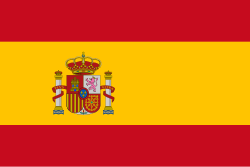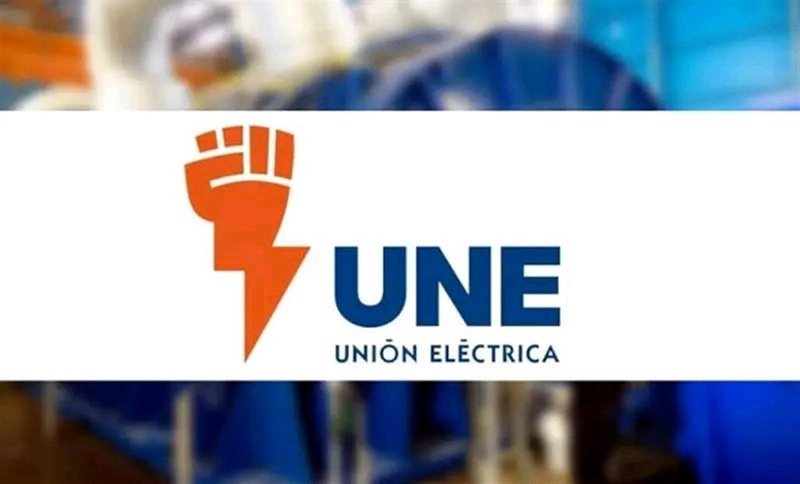Executives from the Electric Union and the Ministry of Construction updated the situation of the national electric power system (SEN) this Wednesday. Marked by recent impacts and the progress of investments in renewable energy.
On the regular television program “Mesa Redonda,” Félix Estrada, director of the National Load Dispatch, explained that over the weekend, unit shutdowns were recorded at the Felton, Diez de Octubre, and Jaruco thermoelectric plants. Raising the maximum impact to 1,913 megawatts (MW) during peak hours.
According to a report by Cubadebate, Estrada specified that the reinstatement of these plants allowed the deficit to be reduced to less than 750 MW in the following days. Currently, eight units in Mariel, three in Renté, two in Santa Cruz, and four in Carlos Manuel de Céspedes are undergoing maintenance.
Other plants have returned to service after completing repairs. Added the director of the National Load Dispatch, noting that distributed generation. Also limited in previous weeks by fuel shortages, is showing a recovery thanks to the progressive supply of inputs.
Ovel Concepción, director of Generation with Renewable Sources, reported that to date, 35 photovoltaic parks have been completed with a cumulative capacity of 715 MW. Contributing more than 429,000 MW to the National Energy Service (SEN) during daytime hours and avoiding the consumption of more than 111,000 tons of fossil fuels. Solar generation currently represents 9% of the energy mix, up from 2% in January, he noted.
Concepción highlighted that work is underway on 19 additional parks of 21.8 MW each, with the goal of surpassing 1,000 MW by 2025. These projects include energy storage systems in Havana, Holguin, and Granma. With a capacity of 50 MW each, which will stabilize the frequency and reduce the variability of solar generation.
He also mentioned the donation of 22 photovoltaic parks from the People’s Republic of China. Of which seven have already been completed and three have been synchronized with the National Energy System (SEN). While the rest are expected to be incorporated in the first quarter of 2026.
Furthermore, progress is being made on wind and hydroelectric projects. Such as the Herradura 1 Wind Farm and the Alacranes hydroelectric plant in Villa Clara, to strengthen the National Energy System (SEN).
The Deputy Minister of Construction, Antonio Amaury Medina Morante, highlighted the participation of more than 12,000 workers from various agencies in the construction of the wind farms. As well as the technical innovation and inter-ministerial coordination that have allowed progress to be made on schedule.
Moreover he emphasized that 35 wind farms have been delivered to date. 26 of which were built by national construction companies. That the plan is to complete the remaining 19 before the end of the year.
Medina explained that the construction of a 21 MW wind farm requires more than 16,000 pile holes. 3,500 cubic meters of concrete, and more than 42,000 panels. Reflecting the magnitude of these projects. He pointed to the ongoing training of human resources. Also collaboration with national universities and companies to optimize resources and technical solutions.
The specialists agreed that, despite the current difficulties facing the SEN. The growth of renewable energy represents a concrete result. That contributes to energy security, fuel savings, and environmental sustainability.
They acknowledged the population’s sensitivity to the interruptions and reaffirmed their commitment to continue working to stabilize the electricity service.
Cuba is promoting a progressive change in its energy matrix, with the goal of increasing the share of renewable sources to 24% by 2030. Reducing dependence on imported fuels, lowering generation costs, and reducing environmental pollution.
The strategy, defined in the Policy for the Development of Renewable Sources. The Efficient Use of Energy 2014-2030 of the Ministry of Energy and Mines. Focuses on the construction of solar, wind, and hydroelectric parks, the incorporation of storage systems. And the modernization of distributed generation. Under the supervision of the highest government leadership.
With information from CNA
- Dutch Foundation Contributes to the Well-being of Children in Holguin - 1 de December de 2025
- UN Urges Redoubled Efforts to End AIDS by 2030 - 1 de December de 2025
- Guardalavaca Beach: A Paradise Without Sargassum - 1 de December de 2025

